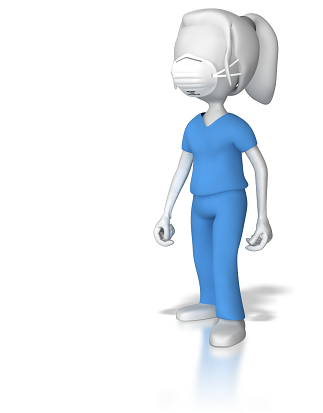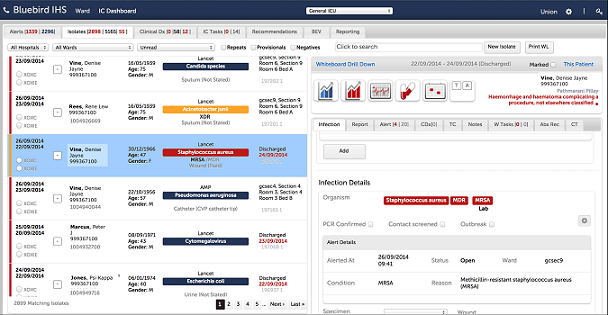Healthcare Associated Infections
There are 200 000 HAI in Australian health facilities each year, making HAIs the most common complication affecting patients in hospital.
Most are preventable. It is estimated that two million bed days are lost to HAIs in Australia each year and that the actual costs of HAI's, in the USA, is a staggering US$ 30.5 Billion.
HAIs not only cause great suffering to patients, they also damage a hospital's reputation. Prevention of healthcare associated infections and the
transmission of multi-resistant organisms (MROs) are generally considered key patient safety and clinical quality initiatives.
Traditional surveillance is time-consuming and identification of cases dependent on individual effort and expertise.
Pre-Bluebird ICP's spent up to 45% of their time undertaking surveillance.
Bluebird is a 21st Century Solution that will enable your hospital to effectively reduce both the reputational risk and the actual cost of infections in your hospital.
From rapid diagnosis and active case management to comprehensive, systematic, standardized surveillance and real time bundle audit, Bluebird gives your hospital sophisticated
tools to combat HAI's. In the Australian context, Bluebird was specifically designed to help your hospital meet, and exceed, Standard 3.













